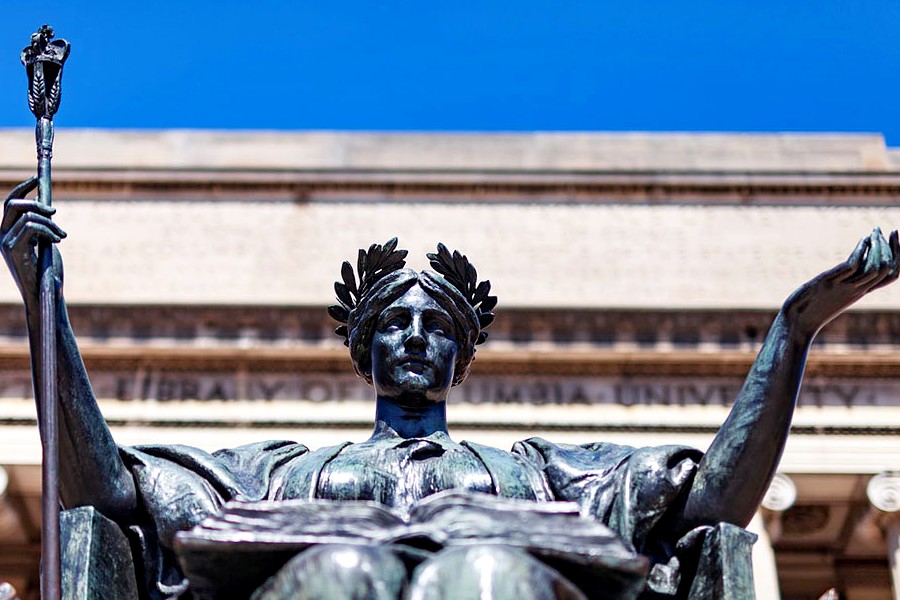 Federal scientists using sophisticated ground-penetrating radar have bolstered the findings of Bronx schoolkids and their teacher that a long-forgotten burial ground for Indian and African slaves exists in a city park in Hunts Point.
Federal scientists using sophisticated ground-penetrating radar have bolstered the findings of Bronx schoolkids and their teacher that a long-forgotten burial ground for Indian and African slaves exists in a city park in Hunts Point.
In May, it was first reported that a group of fourth- and fifth-graders at Public School 48 and their teacher, Justin Czarka, had identified a grassy picnic area in Joseph Rodman Drake Park as the likely site of the burial ground.
Czarka and his students, part of the federally funded Teaching American History project, had reached their conclusion through some amazing amateur sleuthing.
The city, they learned, had created Drake Park in 1909, just a few blocks away from PS 48. It did so while preserving in the middle of the park a small 18th-century cemetery for wealthy slave-owning families from Hunts Point, such as the Hunts, Leggetts and Tiffanys.
But the first U.S. Census in 1790 tallied 156 black and Indian slaves residing in Hunts Point alone. Where were their graves?
Students from Bronx’s PS 48 hold 1905 photo (above) showing slave-grave markers in what is now Joseph Rodman Drake Park in Hunts Point. Scientists from U.S. Dept. of Agriculture backed up their claim this summer after extensive studies.
Czarka and his students spent months combing through old survey maps, newspapers and city records. They eventually pinpointed an area of the park southwest of the whites-only cemetery as the likely slave burial ground, obliterated during construction of the park.
They only had a theory, though — not solid proof.
Nonetheless, the idea that a white cemetery had been preserved and black one destroyed caused a furor in the city’s black community. It prompted the Parks Department to hold a series of meetings with local leaders to get at the truth.
This summer, a team of scientists from the U.S. Department of Agriculture conducted independent soil surveys at Drake park. The team brought a ground-penetrating radar machine, which can map soil composition up to 12 feet below the surface.
The team’s report, issued in late September, found several areas in the Drake park with “anthropogenic features” — in other words, signs of human activity.
It cited “two areas as the most likely potential burial sites.” One of those is the exact spot singled out by Czarka and his students.
“These are citizens who lived in our area who have never been acknowledged, or their lives recognized,” Czarka said Wednesday. “Maybe now they will get the proper respect.”
The Parks Department is already taking action.
In the spring, a new historical plaque will be unveiled at Drake Park. It will note for the first time the location of the slave burial ground, a parks spokesman said. Students and teachers from PS 48 will attend the ceremony during a school field day.
Meanwhile, U.S. Rep. Jose Serrano, the Rev. Al Sharpton’s National Action Network and the NAACP plan to hold a community meeting at the Bright Hope AME church in Hunts Point on Dec. 9. They will launch a fund-raising campaign to erect a monument at Drake Park to the forgotten Africans and Indians buried under the picnic field.
As for Czarka and those fourth- and fifth-graders, they’ve taught us all a priceless lesson in making history come alive.
Become a Harlem Insider!
By submitting this form, you are consenting to receive marketing emails from: . You can revoke your consent to receive emails at any time by using the SafeUnsubscribe® link, found at the bottom of every email. Emails are serviced by Constant Contact



















